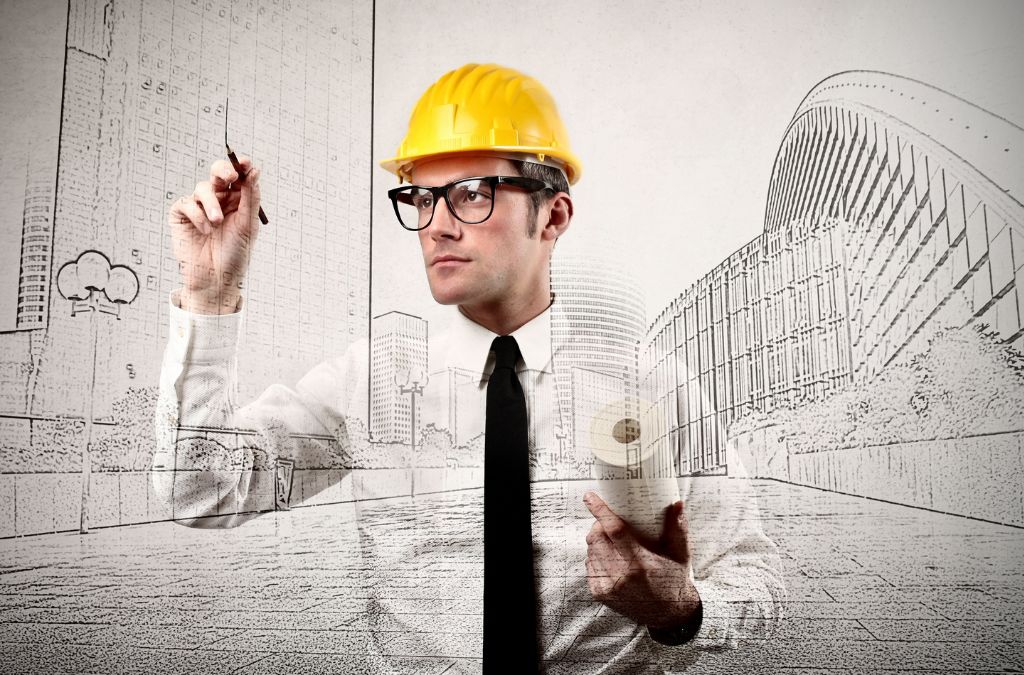Architect Crafting

-
Table of Contents
- Architect: Crafting Tomorrow’s Skylines Today
- The Role of an Architect
- Key Responsibilities
- Innovative Approaches in Modern Architecture
- Green Building Practices
- Smart Buildings
- Case Studies: Iconic Architectural Projects
- Burj Khalifa, Dubai
- The Edge, Amsterdam
- One Central Park, Sydney
- The Future of Architecture
- 3D Printing
- Virtual Reality (VR) and Augmented Reality (AR)
- Artificial Intelligence (AI)
- Conclusion
Architect: Crafting Tomorrow’s Skylines Today
Architecture is more than just the art of designing buildings; it is the science of creating spaces that shape our lives. From the towering skyscrapers that define city skylines to the intimate residential homes that provide comfort and security, architects play a pivotal role in shaping the built environment. This article explores the multifaceted world of architecture, highlighting the innovative approaches and groundbreaking projects that are redefining urban landscapes.
The Role of an Architect
An architect is responsible for the conceptualization, design, and construction of buildings and other structures. Their work involves a blend of creativity, technical knowledge, and project management skills. Architects must consider various factors such as functionality, aesthetics, safety, and sustainability when designing a structure.
Key Responsibilities
- Designing buildings and structures
- Creating detailed blueprints and plans
- Ensuring compliance with building codes and regulations
- Collaborating with engineers, contractors, and clients
- Overseeing construction projects from inception to completion
Innovative Approaches in Modern Architecture
Modern architecture is characterized by its emphasis on innovation and sustainability. Architects are increasingly adopting new technologies and materials to create structures that are not only aesthetically pleasing but also environmentally friendly.
Green Building Practices
Green building practices focus on reducing the environmental impact of construction and promoting energy efficiency. Some common strategies include:
- Using sustainable materials such as recycled steel and bamboo
- Incorporating energy-efficient systems like solar panels and LED lighting
- Designing buildings with natural ventilation and lighting
- Implementing water-saving fixtures and rainwater harvesting systems
Smart Buildings
Smart buildings integrate advanced technologies to enhance the functionality and efficiency of a structure. These technologies can include:
- Automated lighting and climate control systems
- Advanced security systems with facial recognition
- Internet of Things (IoT) devices for real-time monitoring and maintenance
- Building Information Modeling (BIM) for improved design and construction processes
Case Studies: Iconic Architectural Projects
Several architectural projects around the world exemplify the innovative spirit of modern architecture. These projects not only push the boundaries of design but also set new standards for sustainability and functionality.
Burj Khalifa, Dubai
The Burj Khalifa in Dubai is the tallest building in the world, standing at 828 meters. Designed by Adrian Smith of Skidmore, Owings & Merrill, the Burj Khalifa is a marvel of modern engineering and design. Its unique Y-shaped floor plan maximizes views of the Persian Gulf and reduces wind forces on the structure.
The Edge, Amsterdam
The Edge in Amsterdam is often referred to as the smartest building in the world. Designed by PLP Architecture, this office building features a range of smart technologies, including a connected lighting system that uses Power over Ethernet (PoE) to provide data on occupancy and energy usage. The building also boasts a BREEAM rating of 98.36%, making it one of the most sustainable office buildings globally.
One Central Park, Sydney
One Central Park in Sydney is a mixed-use residential and commercial building designed by Jean Nouvel and Patrick Blanc. The building is renowned for its vertical gardens, which cover over 50% of its facade. These gardens not only enhance the building’s aesthetic appeal but also improve air quality and provide natural insulation.
The Future of Architecture
The future of architecture is likely to be shaped by several emerging trends and technologies. These developments promise to revolutionize the way buildings are designed, constructed, and maintained.
3D Printing
3D printing technology is poised to transform the construction industry by enabling the rapid and cost-effective production of building components. This technology can reduce waste, lower labor costs, and allow for more complex and customized designs.
Virtual Reality (VR) and Augmented Reality (AR)
VR and AR technologies are increasingly being used in architectural design and construction. These tools allow architects to create immersive 3D models of their designs, enabling clients and stakeholders to visualize the final product more accurately. VR and AR can also be used for virtual site visits and construction simulations, improving project planning and coordination.
Artificial Intelligence (AI)
AI has the potential to revolutionize architecture by automating various aspects of the design and construction process. AI algorithms can analyze vast amounts of data to optimize building designs for energy efficiency, structural integrity, and cost-effectiveness. AI can also be used for predictive maintenance, identifying potential issues before they become critical problems.
Conclusion
Architects are at the forefront of shaping the built environment, creating structures that are not only functional and aesthetically pleasing but also sustainable and technologically advanced. Through innovative approaches and the adoption of new technologies, architects are crafting the skylines of tomorrow today. As we look to the future, the role of the architect will continue to evolve, driven by the need for more sustainable, efficient, and intelligent buildings.